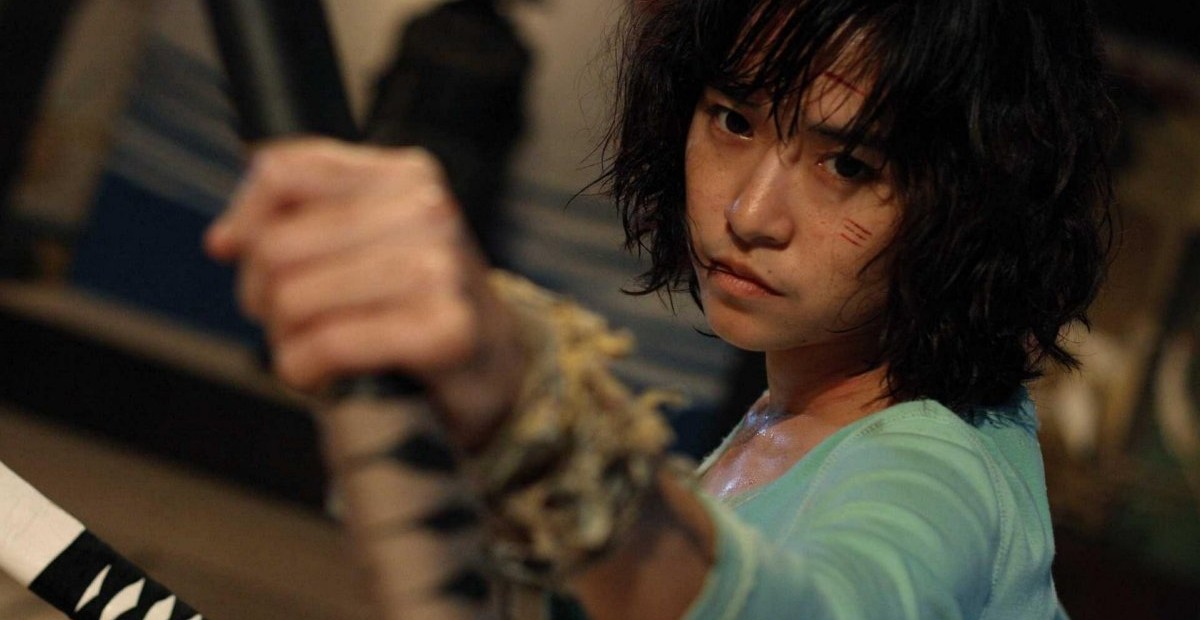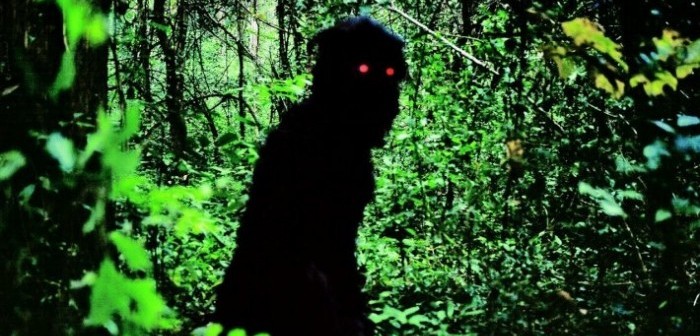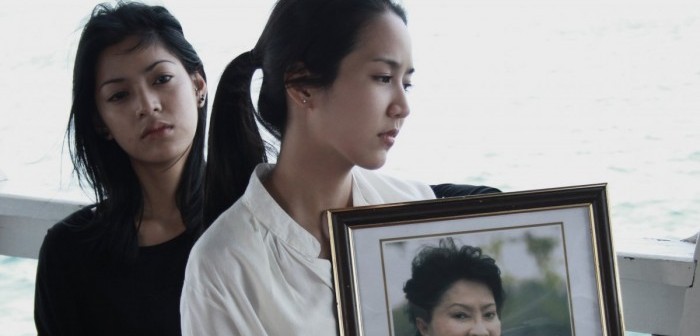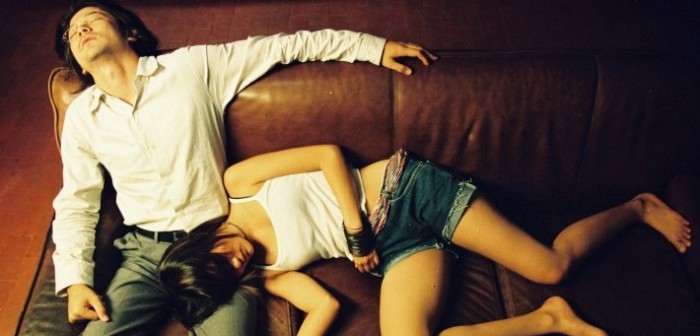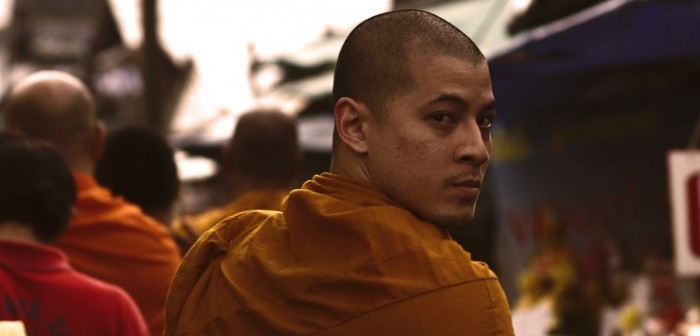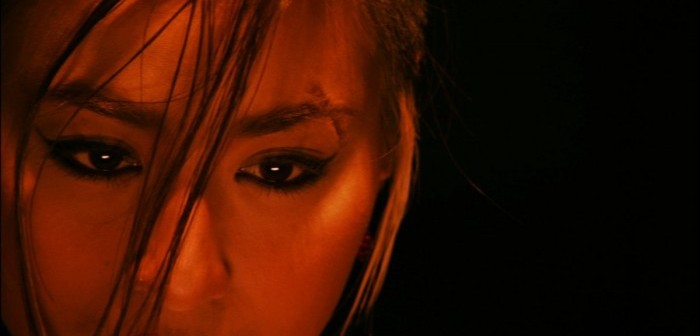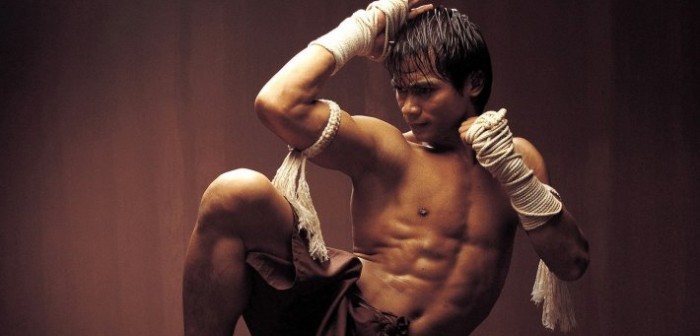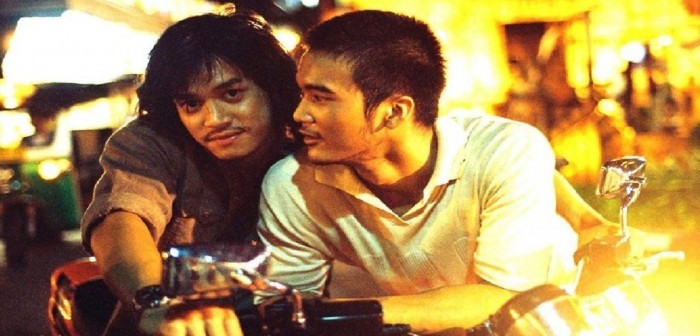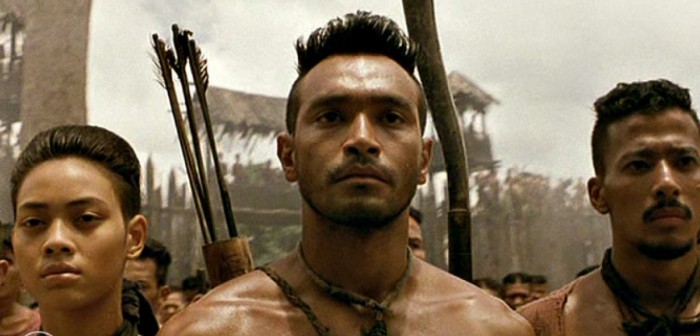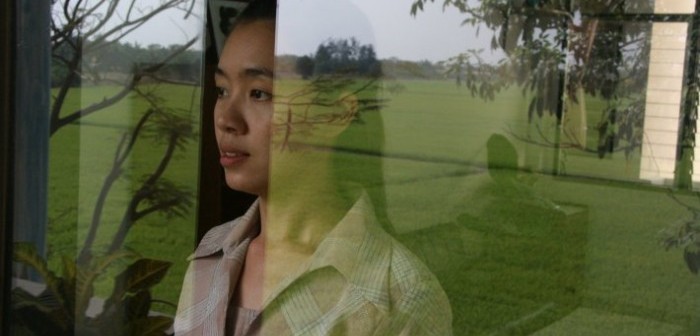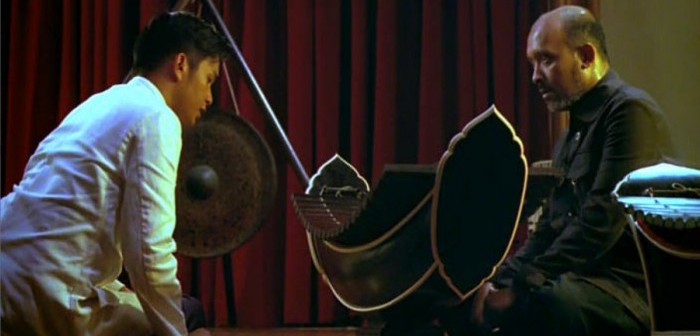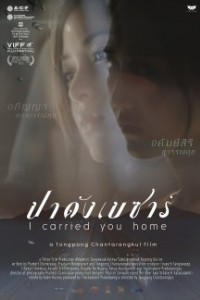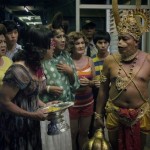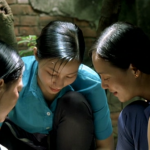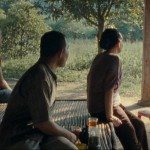By Leni De Castro
The Thai film industry stretches back to the time of King Chulalongkorn’s visit to Bern, Switzerland. This royal visit was filmed and shown publicly in Thailand, generating interest among the royals and businessmen in the medium of cinema and in the attainability of successful film ventures. By the 1930s, Thailand had commenced its first cinematic Golden Age. But the war froze that forward movement.
Soon after the Second World War, resurgence in the industry ensued with hundreds of hardcore action genre films being produced. And then, in the 80s to the mid-90s, the industry once again went on a decline as Hollywood movies took reign over Thai movie theatres. The second wave of cinematic evolution came in the late 1990s with auteurs such as Apichatpong Weerasethakul, Pen-ek Ratanaruang, Prachya Pinkaew and actor Tony Jaa making Thai films visible on the world stage and in most international film circuits. Here are the top 10 Thai films that celebrate Thai culture and tradition whilst defying entrenched norms and expectations.
1. Uncle Boonmee Who Can Recall His Past Lives (dir. Apichatpong Weerasethakul, 2010)
Defying all logic in terms of linear storytelling, this award-winning film from Apichatpong Weerasethakul celebrates life and death in Thailand’s northern countryside with the story of Uncle Boonmee and his family. It shows triumphantly how the mind works, jumping from one thought or idea to another, all within one languid day. Intermissions of the escaping water buffalo, princess and the catfish – along with the picture installations – show how the mind processes and jumps from subject to subject hinting on the possibility of a link that connects the other side to this one just as one past life is connected to the other.
2. I Carried You Home (dir. Tongpong Chantarangkul, 2011)
This is definitely not a Driving Miss Daisy type of drama but a contemplative analysis of human emotions as they assert themselves in difficult situations, such as the sudden and unbearable loss of a loved one. Tongpong Chantarangkul uses the road as an opportunity for the emotional landscapes of his characters to emerge, particularly the guilt born from the keeping of secrets. Seeing the two sisters find each other as they carry their mother home (or is it the other way around?) showcases the spirituality and the traditions of the Thai in honoring their dead.
3. Last Life in the Universe (dir. Pen-ek Ratanaruang, 2003)
Last Life in the Universe focuses on the loneliness of living in a world of too much silence, and on how conversations with the self can lead to subtle shifts and even thoughts of suicide. The vivid yet dreamy vision of Pen-ek Ratanaruang brings to life the story of Kenji, a Japanese expat whose obsessive neatness and fantasies of suicide are disrupted by fortuitous events. These events lead to him coming in contact with Noi, who is his exact opposite. Their symbiotic yet strange relationship somehow saves him from his loneliness and plants hope in what is seemingly a hopeless and mundane life in a foreign land.
4. Mindfulness and Murder (dir. Tom Waller, 2011)
The murder mystery penned by Nick Wilgus comes to life under the helm of director Tom Waller. Mindfulness and Murder infuses the dynamics of occidental detective work with Buddhist spiritual traditions. This infusion differentiates it from the iconic styles of Agatha Christie, Jessica Fletcher and other western whodunit specialists. The story breathes life into the struggle of Father Ananda, an ex-policeman turned monk, as he tries to turn his back from his former life to lead a life of purity. But circumstances and fate seem to have a different plan.
Father Ananda is called to assist police in the investigation of a murder in a shelter run by Buddhist monks in Bangkok. More than a scenic canvas of Thailand’s exotic beauty, the film penetrates deep into the spiritual and cultural membrane that calls for pricking in order to get into the center of the mystery.
5. Chocolate (dir. Prachya Pinkaew, 2008)
No Thai film list would be complete without at least one action film from the iconic director who brought Thai martial arts to the world, Prachya Pinkaew. In the Ong-Bak tradition, Prachya Pinkaew presents a new breed of martial artists who defy gravity and display with hand and foot the signature Thai martial arts techniques.
Chocolate touches on issues of special children who are often misunderstood by many for their different process of learning and understanding the world around them. It is this process that the film elaborates on, as the young heroine, Zen, learns martial arts from movies of Bruce Lee, Jackie Chan and Tony Jaa. Prachya Pinkaew’s action films don’t use wire works but instead rely on the real agility of the actors/martial artists – a signature of Thai action martial arts films.
6. Ong-Bak (dir. Prachya Pinkaew, 2003)
This is the martial arts film that caught the world’s attention. Its production was so superb that many consider the teamwork of Tony Jaa and Prachya Pinkaew as world-class. Great story, great entertainment. Not exactly original, in that the plot may have been borrowed from previous ‘knight saves damsel in distress’ (or, in this case, ‘Buddha head in distress’) stories but the little added twists and Tony Jaa as Ting, doing the stunts himself, get Ong-Bak onto this list, using the popular fighting style of Muay Korat.
The tapestry of Thai culture, as portrayed in the movie, is impressive: the tuk-tuks, the Buddhas, the street scenes, the monks, the pointed rooftops and the warmth of the people. But this picture also includes the dark loops and spaces filled by drugs, crime and greed, a pathway of volatility, calm and excitement, which eventually deliver the audience to the climax.
7. Bangkok Love Story (dir. Poj Arnon, 2007)
The enduring gay culture isn’t a new thing in Thailand and the movie shows great empathy for the LGBT community, as well as for AIDS victims and for those who resort to crime, revenge and murder. Poj Arnon puts the community in the spotlight with this unusual love story of assassin meets target victim, both of whom are men.
Arnon’s film is not apologetic of the expression of love between two men. It rather celebrates the thin yet heavy emotions that comes with it. The characters in the movie – Maek, the assassin, and Iht – can hardly be classified as a stereotypical gay couple with the Yin and Yang role-playing set up. It is a story with no labels muddling it – just pure love.
8. Bang Rajan (dir. Tanit Jitnukul, 2000)
Thailand is known for epic battles with its neighboring nations. Bang Rajan immortalizes an epic battle between the Bang Rajan villagers and the Burmese army. Tanit Jitnukul transports viewers back to ancient times to relive the courage and patriotism of the Thai above anything else. The determination, devotion and strategy to win are also glaring.
Being based on actual historical events, this movie deserves a standing ovation. The small village of Bang Rajan, whose inhabitants are armed with inferior weapons and weak fabricated cannons, were able to engage and repel such a huge army. The defense that they put up was so strong that it can only be considered staggering. They weren’t supported by the Royal Army yet they fended off the Burmese seven times because they were resolved to defend Thailand with such tenacity that the invaders became fearful of an enemy that they previously underestimated.
9. Syndromes and a Century (dir. Apichatpong Weerasethakul, 2006)
The two volumes of this film – one of the 60s with its vigorous mannerism, colorless facilities, and bland environment, and one of the current period, which has much preserved some of those same qualities but with an apparent change in color and variety – affords for the audience a comparative and fundamental look into what causes these changes.
Apichatpong Weerasethakul’s linear storytelling is a rung apart from regular movies of this genre. The doctors and hospital staff doing their daily routines of providing service to military personnel, monks and the locals are, in this film, transported to the present day doing what seems to be the same routine yet the changes are apparent and clear, since people change and develop as the environment changes and develops. Watching an Apichatpong film is like being a detached observer rather than a participant in the story.
10. The Overture (dir. Ittisoontorn Vichailak, 2004)
A period film about the slow extinction of Thai classical music, The Overture is loosely based on the life story of a royal court musician, recounting his childhood in late 1800s to the time of the dictatorship of Field Marshall Plaek Pibulsonggram. Music is universal but for each culture it is represented in different forms of instruments and interpretation of notes. The ranad-ek, Thai wooden xylophone, produces a sound similar to that of birds.
The decline of Thai classical music started during the regime of the dictator Plaek Pibulsonggram and his strict adaptation of modernization involved the banishment of many important traditions, including music. Ittisoontorn Vichailak showcases traditional music and shows the importance of heritage in national identity and nation-building.
In the new era of cinematic excellence, the Thai film industry has produced numerous world class films. Thai auteurs have been pushing the boundaries and are making huge sideways and vertical leaps towards a more colorful, more entertaining and more acceptable array of films in order to provoke the imagination while crushing stereotypes and clichés of story and character, yet keeping the spirit of tradition and culture alive and glowing.
Watch more Thai cinema on FilmDoo.com.

